Industry information
Company News
- Ceiling aluminum veneer, a magnificent transformation of home aesthetics!
- Aluminum veneer ceiling: a work of art that combines fashion and practicality
- The important role of aluminum veneer in environmentally friendly decoration
- Fluorocarbon aluminum veneer: the fashionable new darling of the aluminum industry
- Ceiling aluminum veneer: a hidden master in creating fashionable homes
Industry dynamics
- Unveiling the dual effects of charm and environmental protection of fluorocarbon aluminum veneer!
- Ceiling aluminum veneer: the fashionable choice for modern home furnishings?
- Fluorocarbon aluminum veneer: the "fashionable coat" of modern architecture
- Customized aluminum veneer to create your own aesthetic space
- New favorite of ceiling: Aluminum veneer has infinite charm
Frequently asked questions
- How to improve the sound insulation performance of aluminum veneer?
- How to choose high-quality aluminum veneer?
- What is aluminum veneer?
- How to improve the environmental performance of aluminum veneer?
- How to choose the most suitable aluminum veneer material?
contact us
Mobile:+86 15627778610
Email: 2201229786
Address: No. 5 Binjiang Road, High tech Zone, Zhaoqing City, Guangdong Province
Thermal insulation materials and application technology of aluminum veneer
- Author: Lesilong Technology (Guangdong) Co., Ltd
- Release time: 2022-03-08 19:41:31
- Click:0
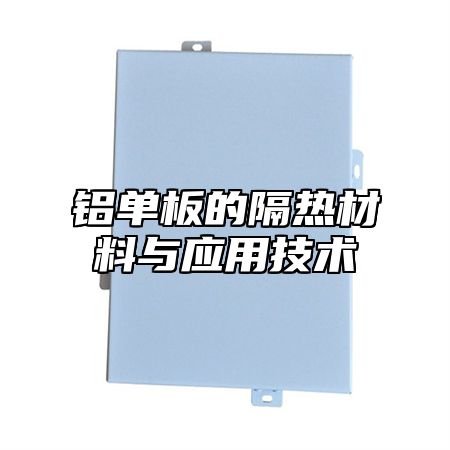
Aluminum veneerAs a commonly used building material, it has the advantages of lightweight, high strength, and corrosion resistance. In hot summer weather, the insulation performance of aluminum veneer is poor, which can easily lead to high indoor temperatures, affecting people's comfort and health. In order to improve the thermal insulation performance of aluminum veneer, suitable insulation materials and technologies need to be applied.
1、 Thermal insulation material
1. Rock wool
Rock wool is a commonly used insulation material, mainly composed of natural rock fibers. It has good thermal insulation, sound absorption, and fire resistance, which can effectively reduce the transfer of indoor heat and the reflection of sound waves.
1. Polyurethane foam
Polyurethane foam is a kind of material with excellent heat insulation performance. It has a low density and light weight, which can effectively reduce the self weight of buildings. Its thermal conductivity is relatively low, which can effectively prevent the transfer of indoor heat.
1. Fiberglass
Fiberglass is an inorganic non-metallic material with excellent thermal insulation properties. It has good high temperature resistance, insulation performance, and tensile strength, which can effectively prevent the transfer of indoor heat and the reflection of sound waves.
2、 Application Technology
1. Insulation layer design
In the design process of aluminum veneer, it is necessary to set a reasonable insulation layer. Generally speaking, the insulation layer should be located on the inside of the aluminum veneer to reduce indoor heat transfer. The thickness of the insulation layer also needs to be adjusted according to the actual situation to achieve the best insulation effect.
1. Insulation material filling
During the installation process of aluminum veneer, insulation materials need to be filled into the joints and holes of the aluminum veneer to further enhance the insulation effect. The type and quantity of filling materials also need to be selected and adjusted according to the actual situation.
1. Air layer design
In the design process of aluminum veneer, the insulation effect can be increased by setting an air layer. The air layer is usually located between the outer and inner sides of the aluminum veneer, which can serve to isolate the internal and external environment, thereby reducing the transfer of indoor heat.
3、 Precautions
When using aluminum veneer, the following points should be noted:
When selecting insulation materials, suitable materials should be chosen according to the actual situation, and construction should be strictly carried out in accordance with relevant standards.
When filling insulation materials, attention should be paid to the quality and quantity of the filler to ensure that it can fully fill the joints and holes.


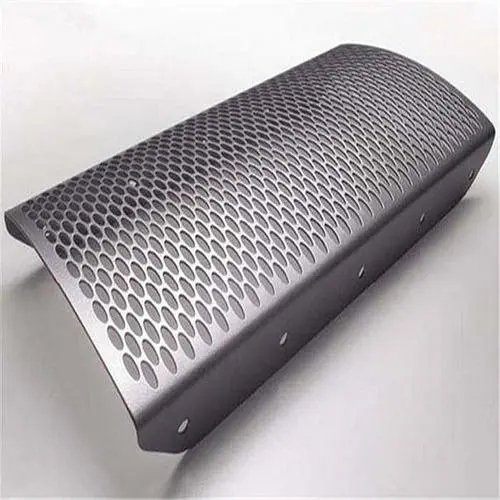
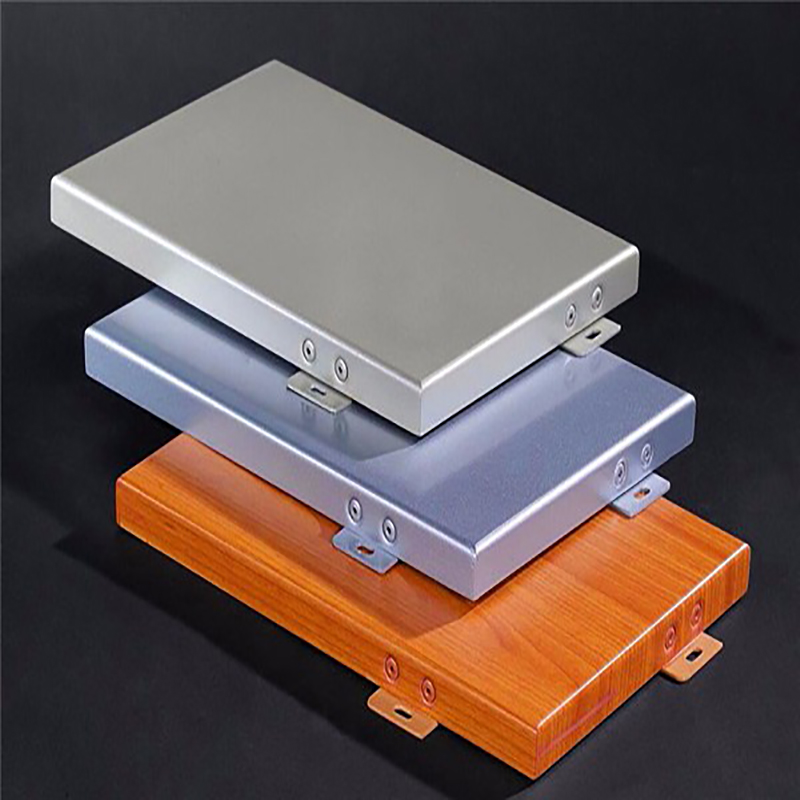
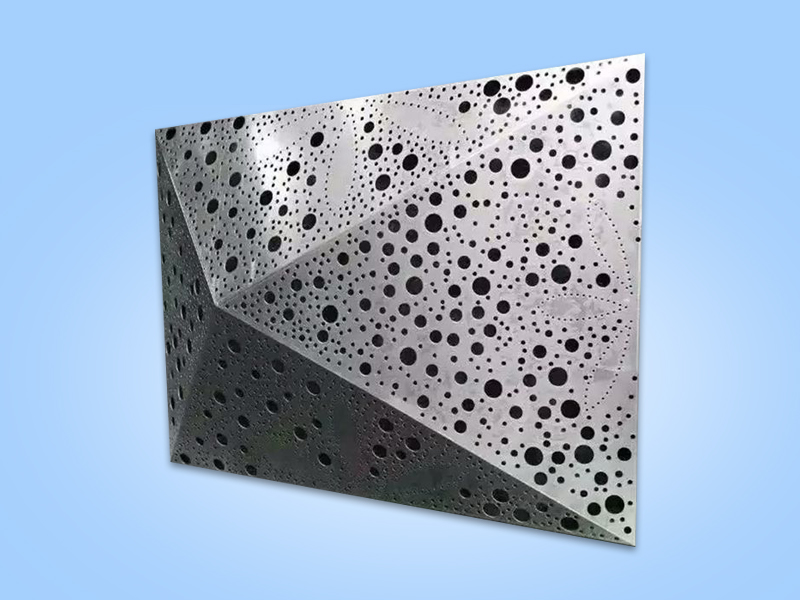
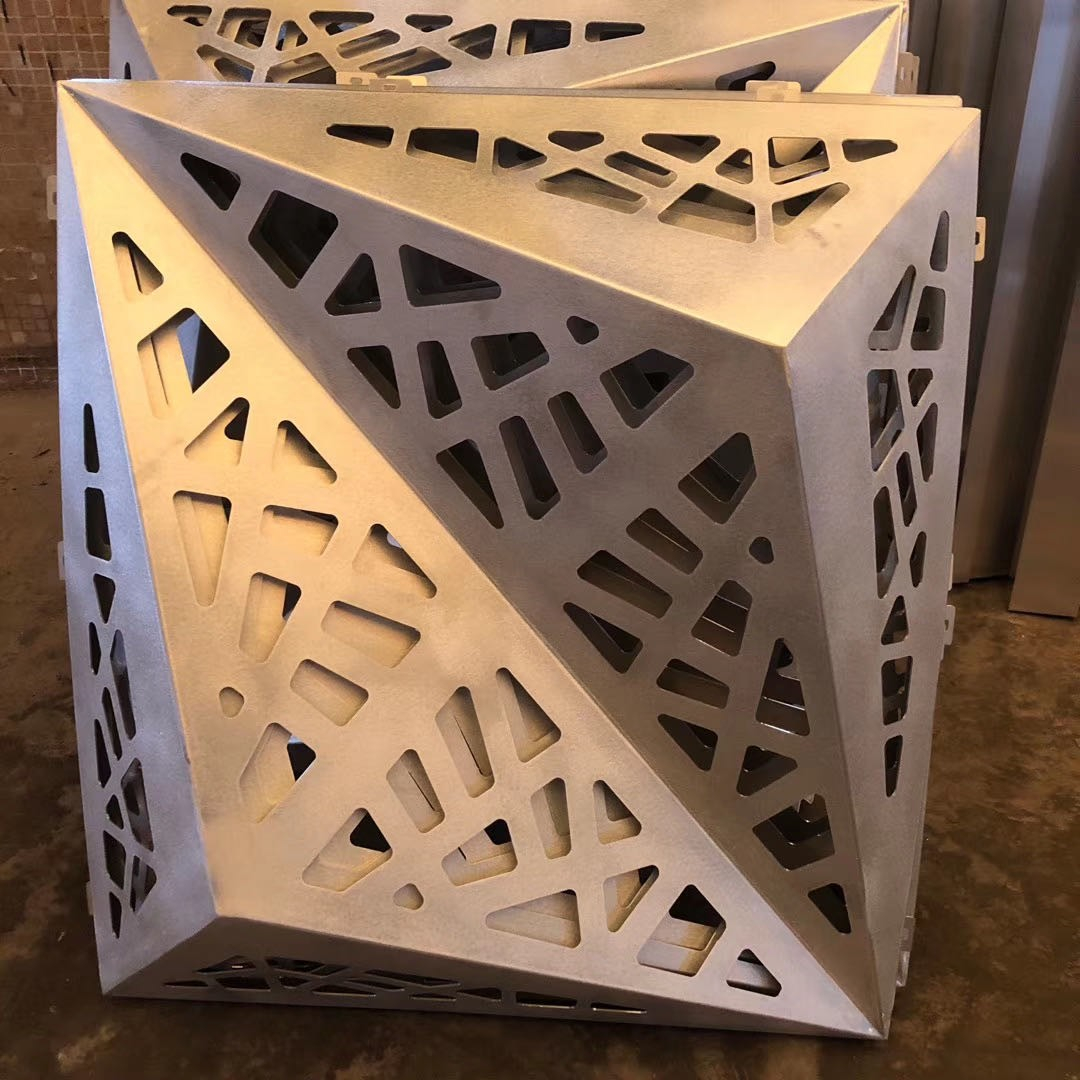
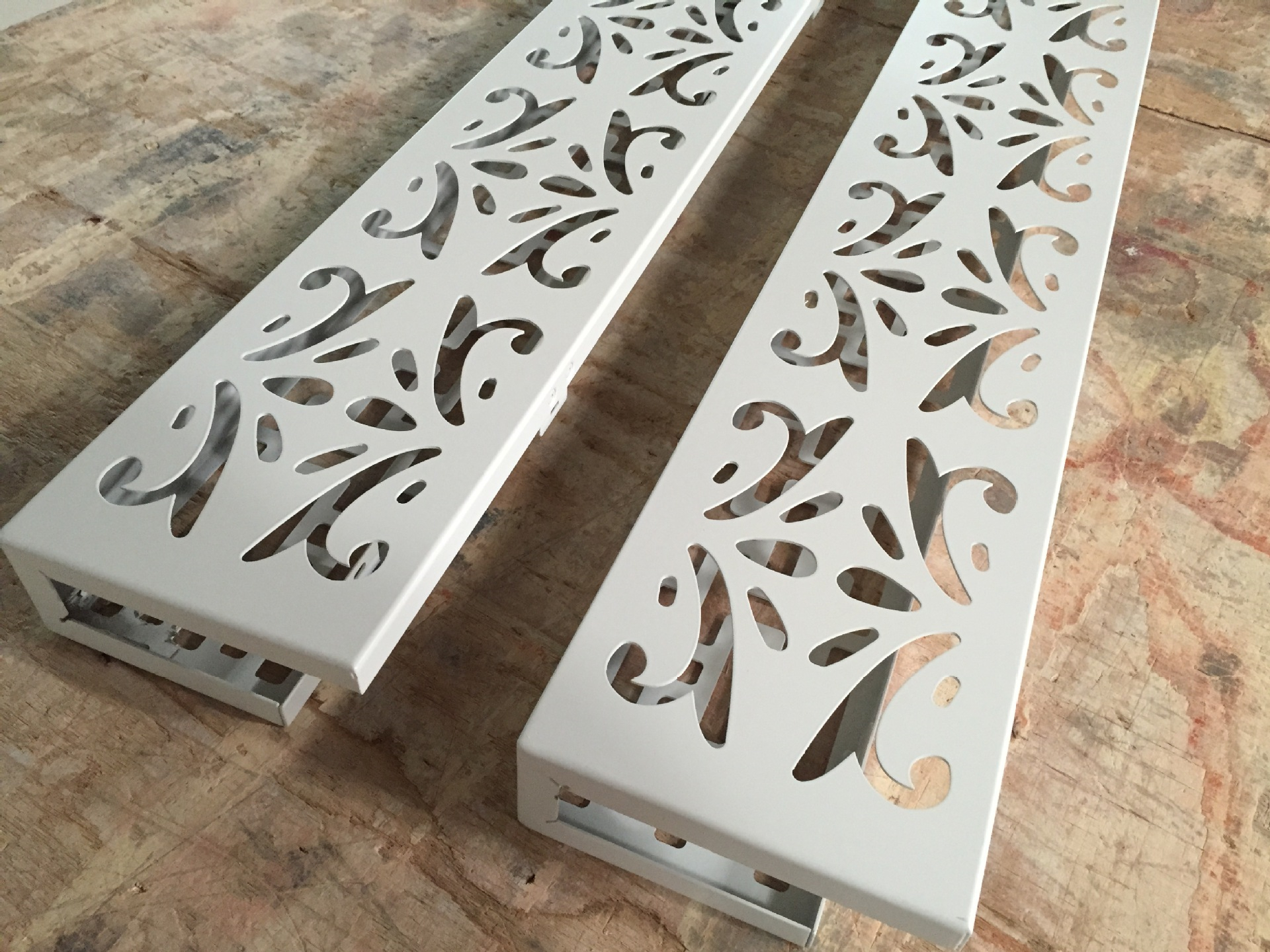
 Customer service QQ
Customer service QQ